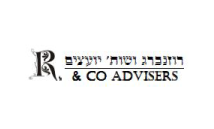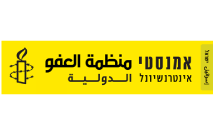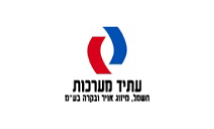The Rational
MABAT Model is a theoretical presentation describing the values of organizational cultural competency.
"Intercultural Encounter" refers to the communication that takes place when different communities encounter with cultural differences.
"Communication" which symbolizes the ability to communicate and connect between different parts plays a central and important role in any system. Research shows that there is often an intuitive skill to communicate in a way that creates closeness. For various reasons such as environmental influences from different circles create conflicts. This by itself creates a situation in which the common discourse that takes place in our time suffers from a lack of judgment, argumentation and accusations against the other, which leads to the establishment of a detached and distant language. In such cases the common way of expressing attitudes and preferences is based on making claims against the other (Shelif, 2007).
Mabat Model is built to promote the intercultural encounter in organizations. It deals with the intercultural encounter and the discourse that exists between different parts of the society. It does so in order to assimilate the preferred discourse which is we named as "Mutual Cultural Encounter".
Mabat Model
Theoretical Sources
Kremer Asaf (2017) who talks about a paradigm shift from a pyramid of multiculturalism to a spiral of cultural competency, Yishai Shelif (2007), who emphasizes a multicultural dialogue as a major basis for changing from monologue to discourses, Daniel Kahneman (2013), who contributes to the understanding of biases and heuristics within the decision making process that create stereotypes and a false perception of reality. Nissim Talb (2009), who proposes in his book "The Black Swan" the idea of "narrative failure" to describe how defective stories about the past shape current world views and expectations of the future, Elli Goldrath's Theory of Constraints (1984) Making managerial decisions in the chain reaction that takes place in a situation where the "bottleneck" is full, Eric Bern and the "Communications Transaction", and Viktor Frenkel (1947) who create the foundation for understanding and implementing the narrative discourse in his groundbreaking book "Man's Search for Meaning".
Four Types of Encounters


EXTERNAL encounterS
This discourse is characterized by a state of struggle, in which there is a dominant internal discourse, meaning dominant concentrations of the individual / group in himself and his / her interests. The prevailing perception here is that the encounter with others is intended to preserve the advancement of each side agenda and interests.
internal encounter
Develops in a situation in which one part operates out of order in order to maintain the connection at the meeting, to the point of giving up its unique needs or opinions and perceptions.


disconnected ENCOUNTeR
This style expresses a situation in which the different parts exist in the same space but are conducted in a way that is disconnected, so that no connection is created in a cultural encounter.
MUTUAL encounter
The best communication style in which there is a respectful discourse between individuals or groups from different cultures who hold different narratives that can be quite contradictory.
ב"ה

















